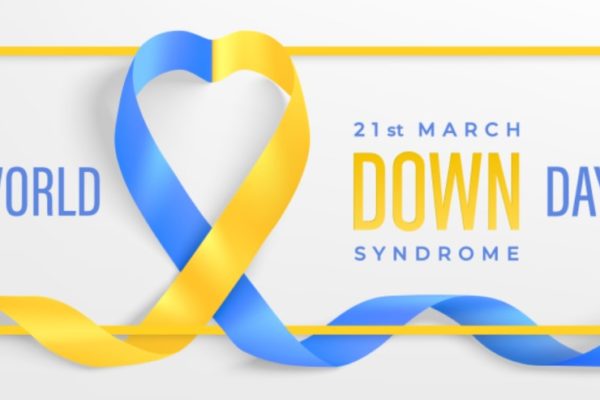Today’s post picks up on three themes I have previously explored in blogs but which have been more eloquently articulated in a single article by Roger Urwin, Co-founder of the Thinking Ahead Institute, entitled “3D framework a game changer”.[1] The themes address the evolution of ESG thinking among institutions, the consolidation trends of the asset management industry and the pivotal role of culture in how organisations will succeed given the direction of the two other trends.
The 3D framework is a reference to the addition of a third axis to the more normality cited key factors for investing – risk and return. The third axis is impact and recognises that the role of the investor in influencing and shaping the acts of the companies to which they allocate capital. Historically this consideration has been mired in the ambiguity of the definition of fiduciary duty: To what extent are the trustees acting on behalf of beneficiaries entitled to look beyond purely financial returns when deciding upon investments? Whilst this area remains somewhat grey, there have been plenty of guidance notes, legal commentaries and precedents to give trustees confidence that they can consider extra-financial factors when deciding upon investment strategy.
Climate change has accelerated the ESG discussion, but it is unclear whether the imperative in this area has been to the detriment of other ESG factors or, as the rising tide lifts all boats, elevated the broader debate to the benefit of all. I suspect there is now a greater awareness across all elements of environmental, social and governance issues. Ironically, part of the problem around concerted action in this area has been the proliferation of data sources, each with their own particular bias or focus. This has led to some ambiguity as to what is the best course of action to follow. Roger talks of the ‘dependence on excellence of organisations in their product innovation’ – part of this innovation surely requires firms to engage at an industry level to ensure strong and consistent movement forward.
The second theme discussed is that of consolidation. Over the past couple of decades there has been a clear shake out of the middle ground within investment management. With enhanced tools and a better understanding of what is market exposure versus skill, investors have been able to decide where they allocate ‘passively’ (cheaply) and where they have belief in a manager’s skill to add value. Those firms paying active fees for largely passive management have lost out or been subsumed by larger organisations. This is likely to continue, particularly as we see via the growth of fiduciary management/implemented consulting/OCIO the distinction between large asset owners and asset managers blur.
I believe the next phase of this consolidation will bring about a break-down in the traditional demarcation of ‘institutional’, ‘retail’ and ‘wholesale’ with the large asset managers either partnering with platforms to engage with all forms of investor or creating the platforms themselves. Digital delivery and transparency to holistic portfolios (not just pension pots, but other savings, bank accounts etc) in one place will be essential.
The final theme is culture. The acceleration of the rate of change over the past year has both challenged leadership but also enabled the doing of what would have pre-COVID been thought unimaginable. As more embrace the 3D framework, as I believe many will, the cultures of investment firms need to reflect what is being asked of the companies in which they invest. Do as I say will be insufficient; it has to be do as I do.
[1] https://www.top1000funds.com/2021/01/3d-framework-a-game-changer/






